Home>Gardening & Outdoor>Landscaping Ideas>What Eats Turtle Grass
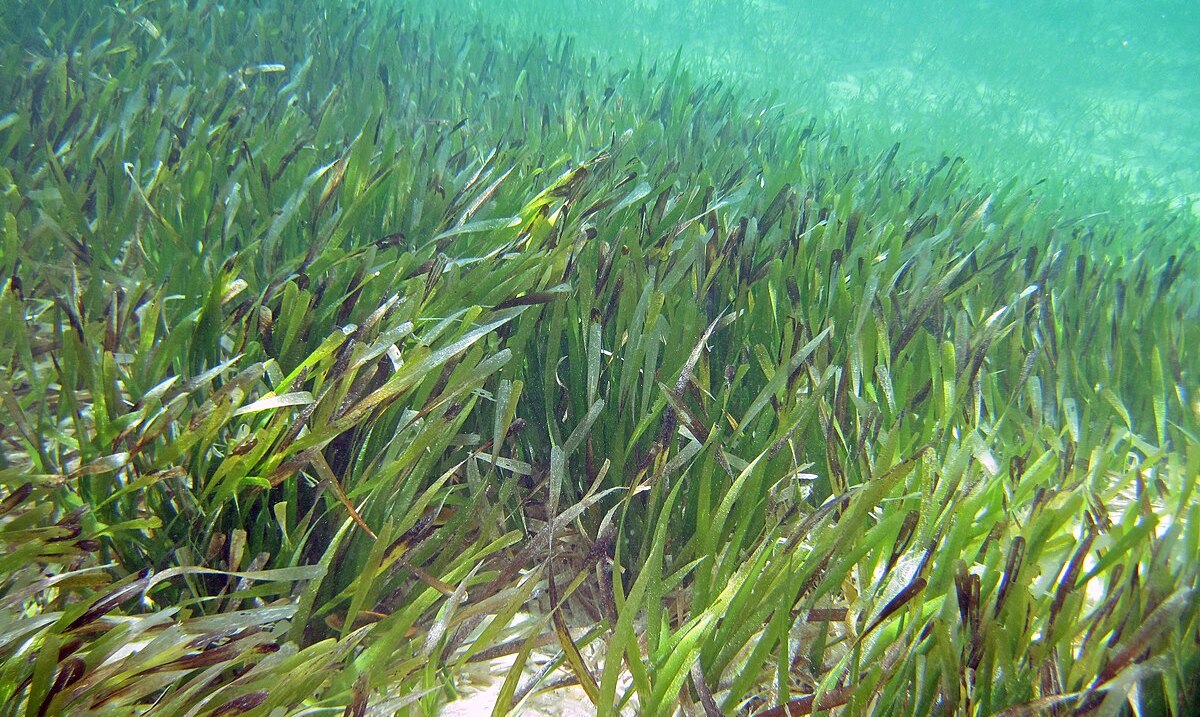

Landscaping Ideas
What Eats Turtle Grass
Published: February 1, 2024
Discover effective landscaping ideas for turtle grass and create a thriving outdoor space. Learn what eats turtle grass and how to maintain a healthy lawn. Boost your landscaping efforts today!
(Many of the links in this article redirect to a specific reviewed product. Your purchase of these products through affiliate links helps to generate commission for Storables.com, at no extra cost. Learn more)
Introduction
Turtle grass, scientifically known as Thalassia testudinum, is a vital component of coastal ecosystems, providing food and habitat for numerous marine species. This seagrass species forms extensive underwater meadows in shallow coastal waters, serving as a crucial nursery and feeding ground for a diverse array of marine life. Understanding the intricate web of interactions within this ecosystem involves recognizing the various organisms that rely on turtle grass as a food source. From herbivorous fish to invertebrates and charismatic marine megafauna, the consumption of turtle grass plays a pivotal role in sustaining the delicate balance of the coastal environment. Let's delve into the fascinating world of turtle grass and explore the creatures that depend on it for sustenance.
Key Takeaways:
- Turtle grass is a vital part of coastal ecosystems, and it’s eaten by a variety of creatures like fish, invertebrates, sea turtles, and manatees, all playing a crucial role in maintaining the balance of the environment.
- Herbivorous fish, invertebrates, sea turtles, and manatees all rely on turtle grass as a food source, contributing to the health and resilience of coastal habitats. Their grazing activities help shape the dynamics of seagrass meadows.
Read more: What Eats Grass
Herbivorous Fish
Herbivorous fish play a crucial role in the consumption of turtle grass within coastal ecosystems. These fish species have adapted to a diet primarily consisting of algae and seagrasses, with turtle grass being a prominent component. One of the most well-known herbivorous fish that feeds on turtle grass is the parrotfish. With their beak-like teeth, parrotfish graze on the tender blades of turtle grass, contributing to its natural pruning and growth regulation. Additionally, surgeonfish, also known as tangs, are prominent consumers of turtle grass. These colorful fish species are equipped with specialized mouthparts designed for grazing on seagrass beds, further highlighting the significance of herbivorous fish in the consumption of turtle grass.
The feeding behavior of herbivorous fish not only influences the abundance of turtle grass but also contributes to the overall health of the seagrass ecosystem. By consuming the algae that can smother seagrass blades, herbivorous fish indirectly promote the growth and vitality of turtle grass meadows. Furthermore, the presence of herbivorous fish helps to maintain a balanced ecosystem by preventing the overgrowth of algae, which can outcompete turtle grass for essential nutrients and sunlight.
In addition to parrotfish and surgeonfish, other herbivorous fish species, such as rabbitfish and damselfish, also contribute to the consumption of turtle grass. Their collective grazing activities help to shape the structure and composition of seagrass beds, influencing the intricate dynamics of the coastal environment. As these fish forage on turtle grass, they inadvertently contribute to the cycling of nutrients within the ecosystem, further underscoring their significance in maintaining the ecological balance of coastal habitats.
The intricate relationship between herbivorous fish and turtle grass exemplifies the interconnectedness of marine life within coastal ecosystems. Through their feeding behaviors, herbivorous fish contribute to the resilience and sustainability of seagrass meadows, highlighting the pivotal role they play in shaping the intricate tapestry of life beneath the waves.
Invertebrates
In addition to herbivorous fish, a diverse array of invertebrates also play a significant role in the consumption of turtle grass within coastal ecosystems. These invertebrates, ranging from small crustaceans to grazing gastropods, contribute to the intricate dynamics of seagrass meadows through their feeding activities.
One notable group of invertebrates that consumes turtle grass includes the sea urchins. These echinoderms possess specialized mouthparts known as Aristotle's lantern, which they use to graze on the tender blades of turtle grass. Sea urchins are known for their voracious appetite for seagrass, and their grazing activities can significantly impact the structure and composition of seagrass beds. While their feeding behavior can lead to the reduction of turtle grass biomass in certain areas, it also contributes to the natural pruning and rejuvenation of seagrass meadows, ultimately influencing the overall health and resilience of the ecosystem.
Furthermore, small crustaceans such as amphipods and isopods are integral components of the invertebrate community that rely on turtle grass as a food source. These tiny organisms play a vital role in the decomposition of seagrass detritus, contributing to nutrient cycling within the ecosystem. By consuming decaying plant material and algae associated with turtle grass, these invertebrates facilitate the breakdown of organic matter, releasing essential nutrients back into the environment. Their feeding activities not only influence the nutrient dynamics within seagrass ecosystems but also support the diverse food web that thrives within these coastal habitats.
Grazing gastropods, including species of snails and slugs, also contribute to the consumption of turtle grass. These mollusks utilize their radula, a specialized feeding organ equipped with tiny teeth, to rasp and consume the tender blades of seagrass. While their impact on turtle grass abundance may be localized, the collective feeding activities of grazing gastropods contribute to the intricate balance of seagrass ecosystems. Additionally, their presence and feeding behaviors support the diversity of invertebrate communities associated with seagrass habitats, further enriching the ecological tapestry of coastal environments.
The role of invertebrates in consuming turtle grass underscores the diverse array of organisms that contribute to the intricate dynamics of seagrass ecosystems. From sea urchins to small crustaceans and grazing gastropods, these invertebrates play a pivotal role in shaping the structure and function of seagrass meadows, highlighting the interconnectedness of life within coastal habitats.
Turtle grass is eaten by a variety of marine animals including sea turtles, manatees, parrotfish, and sea urchins. These animals help to keep the turtle grass beds healthy and balanced.
Sea Turtles
Sea turtles, revered as iconic marine reptiles, play a crucial role in the consumption of turtle grass within coastal ecosystems. As herbivorous grazers, certain species of sea turtles, such as the green sea turtle (Chelonia mydas), rely on seagrass as a primary component of their diet. The consumption of turtle grass by sea turtles not only sustains their own nutritional needs but also influences the dynamics of seagrass meadows and the broader coastal environment.
Green sea turtles, in particular, are known for their affinity for turtle grass, which forms a substantial part of their herbivorous diet. These graceful marine reptiles are equipped with specialized jaws and beak-like mouths, enabling them to efficiently graze on the tender blades of seagrass. Their feeding activities contribute to the natural pruning and maintenance of seagrass beds, influencing the growth and structure of these vital coastal habitats.
The impact of sea turtles on turtle grass extends beyond mere consumption, as their grazing behavior shapes the resilience and productivity of seagrass ecosystems. By regulating the abundance and distribution of turtle grass through their feeding activities, sea turtles contribute to the overall health and biodiversity of coastal habitats. Furthermore, the presence of sea turtles in seagrass meadows supports the intricate balance of marine life, as these reptiles provide essential ecosystem services through their foraging behaviors.
In addition to green sea turtles, other species such as the loggerhead turtle (Caretta caretta) and hawksbill turtle (Eretmochelys imbricata) also exhibit herbivorous tendencies and may consume turtle grass as part of their diet. The collective impact of sea turtles as herbivorous grazers underscores their significance in shaping the dynamics of seagrass ecosystems and maintaining the delicate balance of coastal environments.
The interplay between sea turtles and turtle grass exemplifies the intricate web of interactions within coastal ecosystems. As these marine reptiles forage on seagrass, they contribute to the cycling of nutrients, the maintenance of biodiversity, and the overall resilience of seagrass meadows. Their presence serves as a testament to the interconnectedness of marine life and the vital role they play in sustaining the health and productivity of coastal habitats.
The consumption of turtle grass by sea turtles represents a harmonious relationship between these charismatic marine reptiles and the coastal environment, highlighting the profound influence of these herbivorous grazers on the dynamics of seagrass ecosystems.
Manatees
Manatees, often referred to as "sea cows" due to their gentle herbivorous nature, are significant consumers of turtle grass within coastal ecosystems. These charismatic marine mammals, belonging to the order Sirenia, play a pivotal role in shaping the dynamics of seagrass meadows through their feeding activities. As herbivores, manatees rely on a diet consisting primarily of aquatic plants, with turtle grass being a prominent component of their foraging behavior.
The impact of manatees on turtle grass extends beyond mere consumption, as their grazing activities contribute to the maintenance and rejuvenation of seagrass beds. With their specialized lips and prehensile upper lip, manatees adeptly feed on the tender blades of turtle grass, shaping the structure and composition of these vital coastal habitats. Their grazing behavior helps to regulate the growth of turtle grass, preventing overgrowth and promoting the overall health of seagrass meadows.
Furthermore, the presence of manatees in seagrass ecosystems supports the intricate balance of marine life, as these gentle giants provide essential ecosystem services through their foraging behaviors. By consuming turtle grass, manatees contribute to the cycling of nutrients within the ecosystem, influencing the availability of essential resources for other organisms within the coastal environment.
The significance of manatees as consumers of turtle grass is underscored by their role in shaping the resilience and productivity of seagrass ecosystems. Their feeding activities influence the abundance and distribution of turtle grass, ultimately contributing to the overall health and biodiversity of coastal habitats. Additionally, manatees serve as indicators of ecosystem health, as their presence and foraging behaviors reflect the vitality of seagrass meadows and the broader coastal environment.
The interplay between manatees and turtle grass exemplifies the intricate web of interactions within coastal ecosystems. As these gentle herbivores graze on seagrass, they contribute to the maintenance of biodiversity, the cycling of nutrients, and the overall resilience of seagrass meadows. Their presence serves as a testament to the interconnectedness of marine life and the vital role they play in sustaining the health and productivity of coastal habitats.
The consumption of turtle grass by manatees represents a harmonious relationship between these gentle giants and the coastal environment, highlighting the profound influence of these herbivorous grazers on the dynamics of seagrass ecosystems.
Read more: What Eats The Grass
Conclusion
In conclusion, the consumption of turtle grass within coastal ecosystems is a multifaceted process involving a diverse array of organisms, each playing a pivotal role in shaping the dynamics of seagrass meadows. From herbivorous fish and invertebrates to iconic marine megafauna such as sea turtles and manatees, the intricate web of interactions underscores the interconnectedness of life within coastal habitats.
The grazing activities of herbivorous fish, including parrotfish, surgeonfish, rabbitfish, and damselfish, contribute to the natural pruning and maintenance of turtle grass, influencing the growth and structure of seagrass meadows. These fish species not only regulate the abundance of turtle grass but also promote the overall health and resilience of seagrass ecosystems through their grazing behaviors.
Invertebrates, such as sea urchins, small crustaceans, and grazing gastropods, also play a significant role in the consumption of turtle grass. Their feeding activities contribute to nutrient cycling within the ecosystem and support the diverse food web that thrives within seagrass habitats. The collective impact of these invertebrates underscores the intricate dynamics of seagrass ecosystems and their vital role in shaping coastal environments.
Furthermore, the presence of sea turtles, including the green sea turtle, loggerhead turtle, and hawksbill turtle, as herbivorous grazers highlights their profound influence on the dynamics of seagrass ecosystems. Their feeding activities not only sustain their own nutritional needs but also contribute to the overall health and biodiversity of coastal habitats, emphasizing the interconnectedness of marine life within these critical ecosystems.
Additionally, the gentle herbivorous nature of manatees further exemplifies the harmonious relationship between these marine mammals and the coastal environment. Their grazing activities on turtle grass contribute to the maintenance and rejuvenation of seagrass beds, ultimately influencing the resilience and productivity of seagrass ecosystems.
The intricate relationships between these organisms and turtle grass underscore the delicate balance of coastal ecosystems and the profound influence of herbivorous grazers on the dynamics of seagrass meadows. As these organisms forage on turtle grass, they contribute to the maintenance of biodiversity, the cycling of nutrients, and the overall resilience of seagrass ecosystems, highlighting the interconnectedness of marine life and the vital role they play in sustaining the health and productivity of coastal habitats.
Frequently Asked Questions about What Eats Turtle Grass
Was this page helpful?
At Storables.com, we guarantee accurate and reliable information. Our content, validated by Expert Board Contributors, is crafted following stringent Editorial Policies. We're committed to providing you with well-researched, expert-backed insights for all your informational needs.
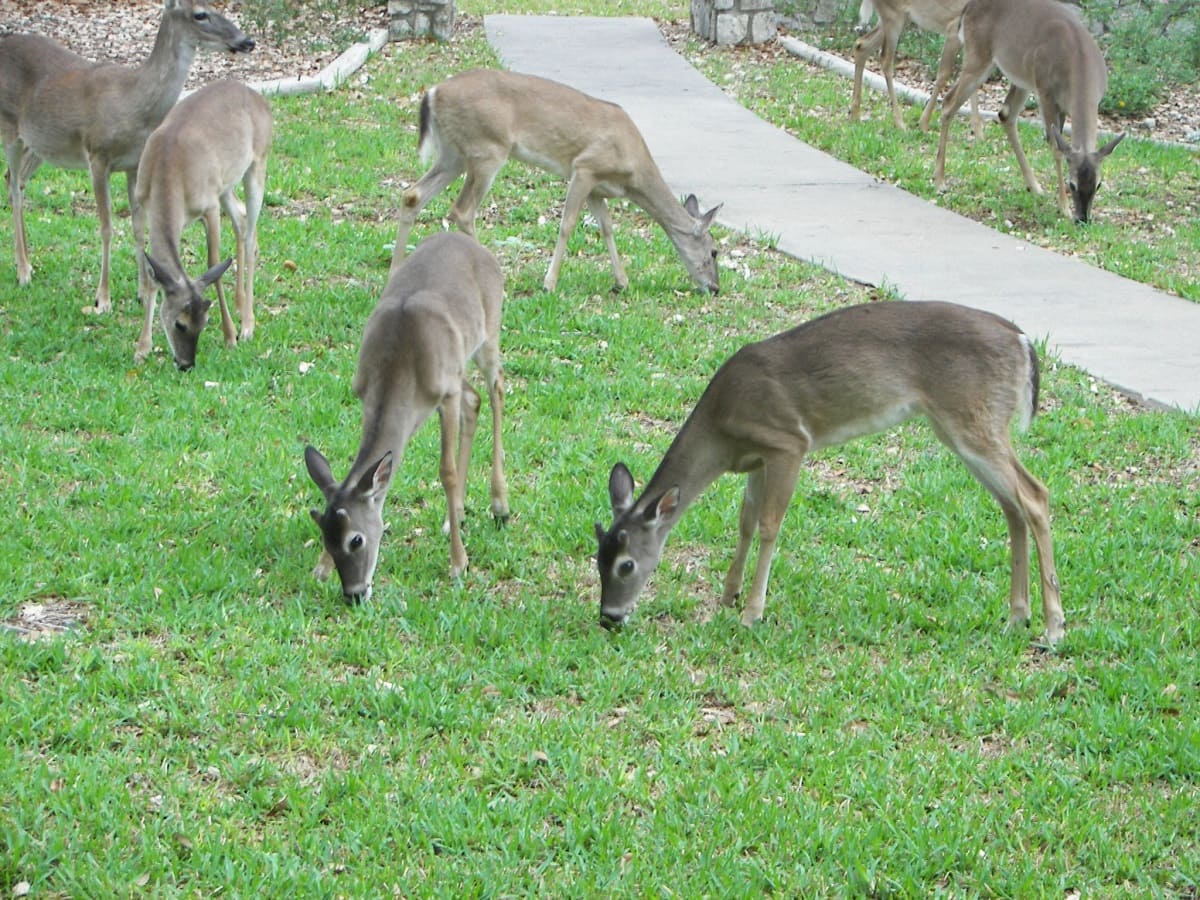
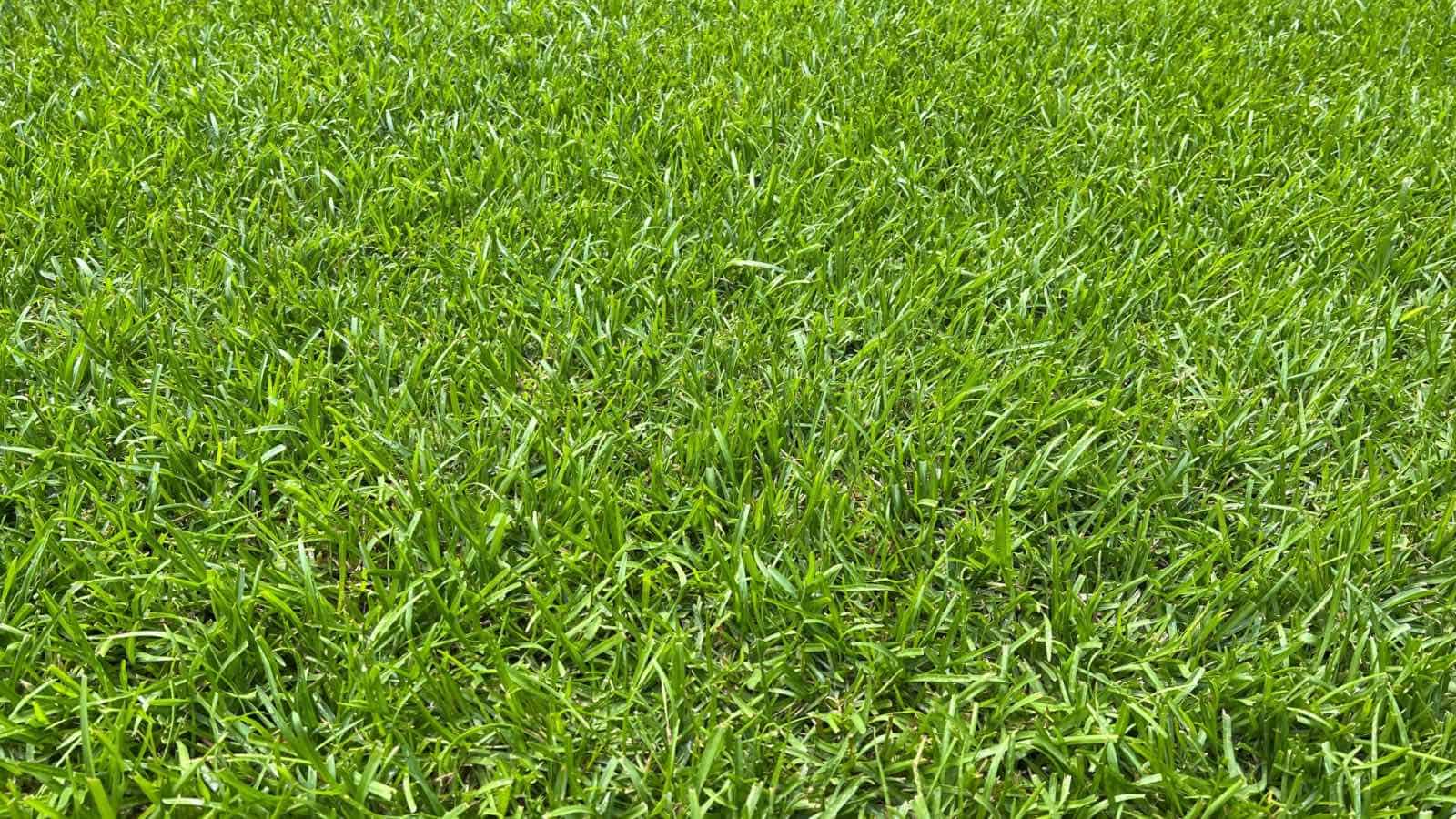
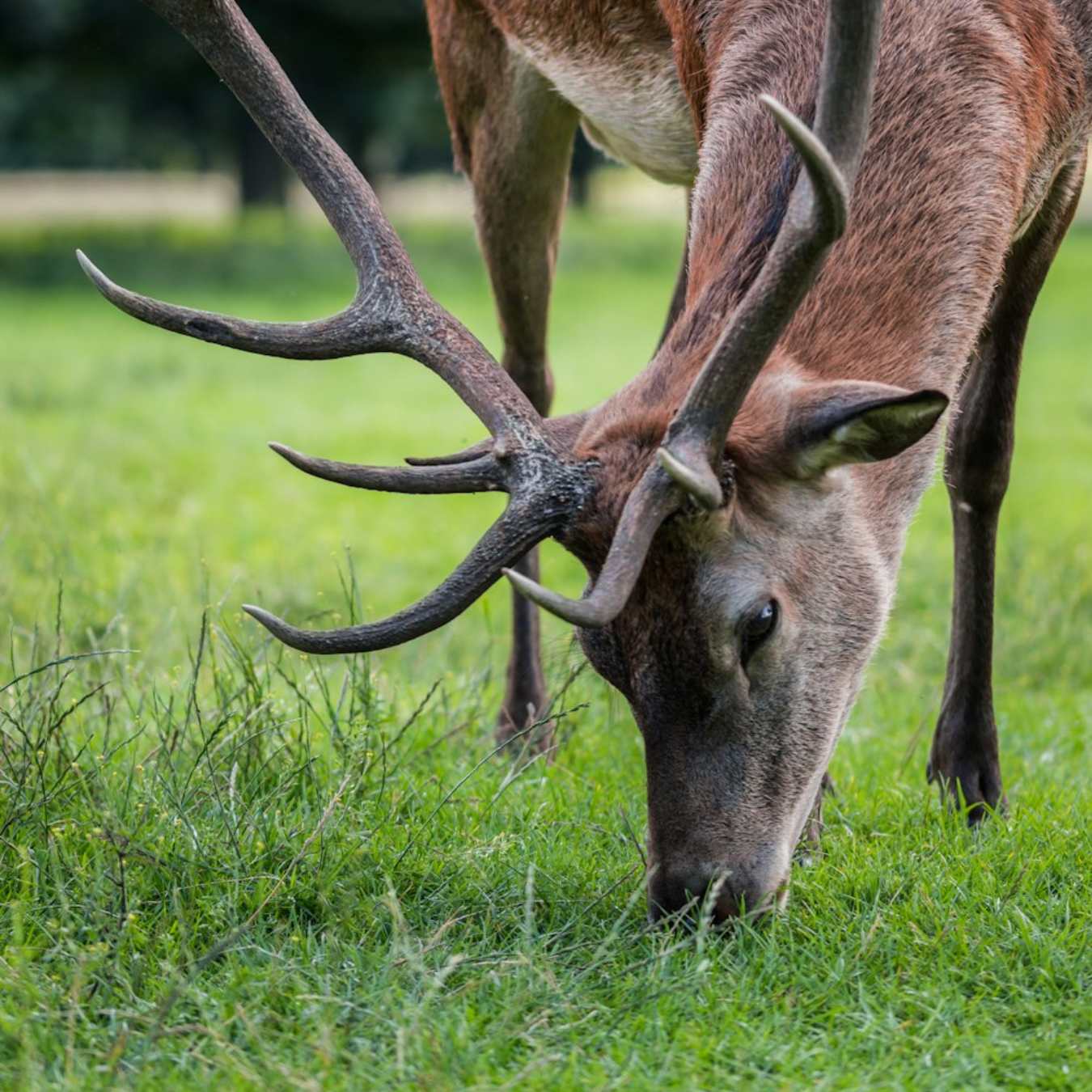
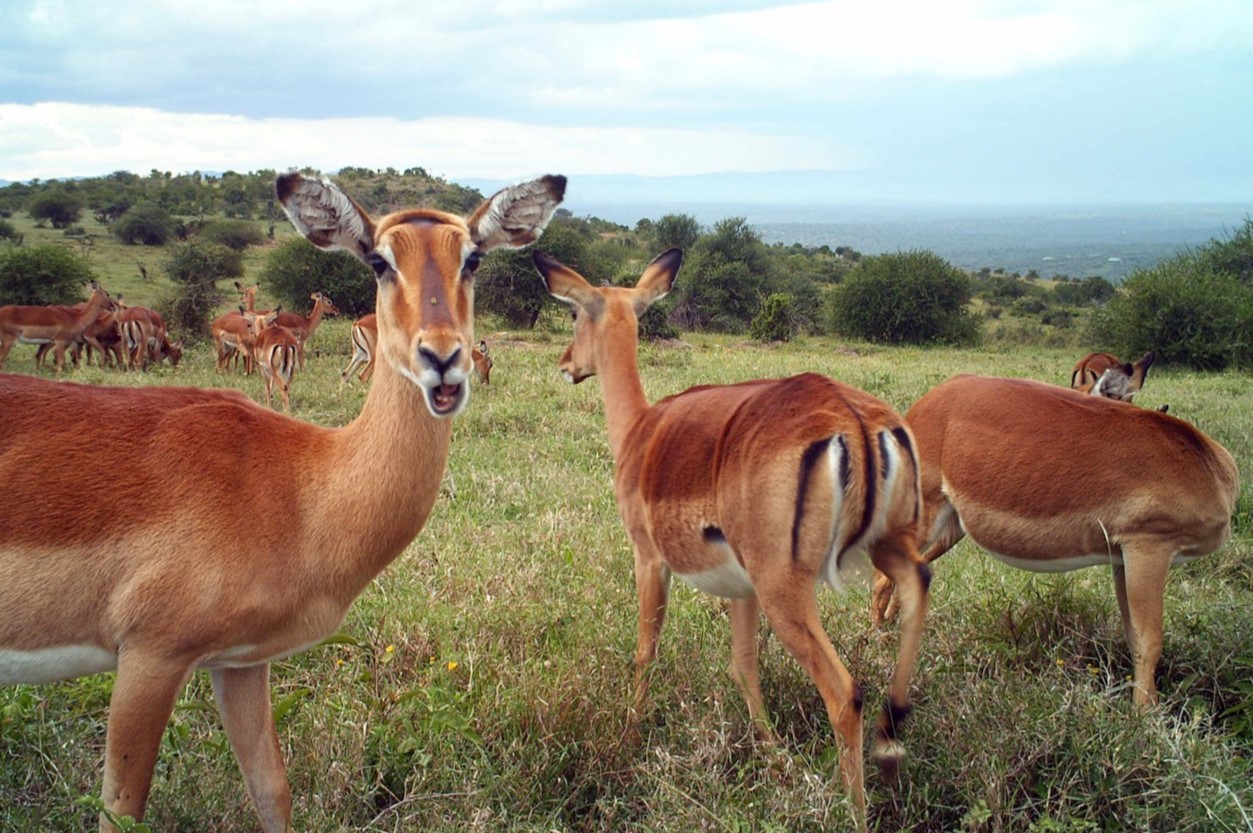
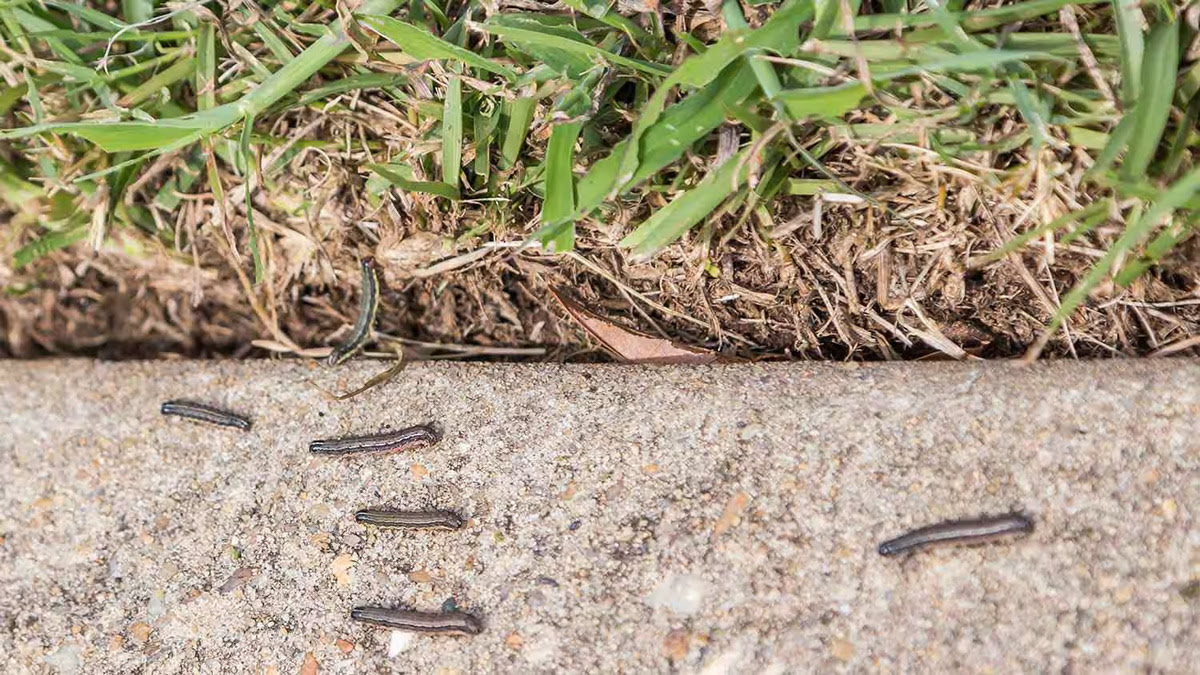
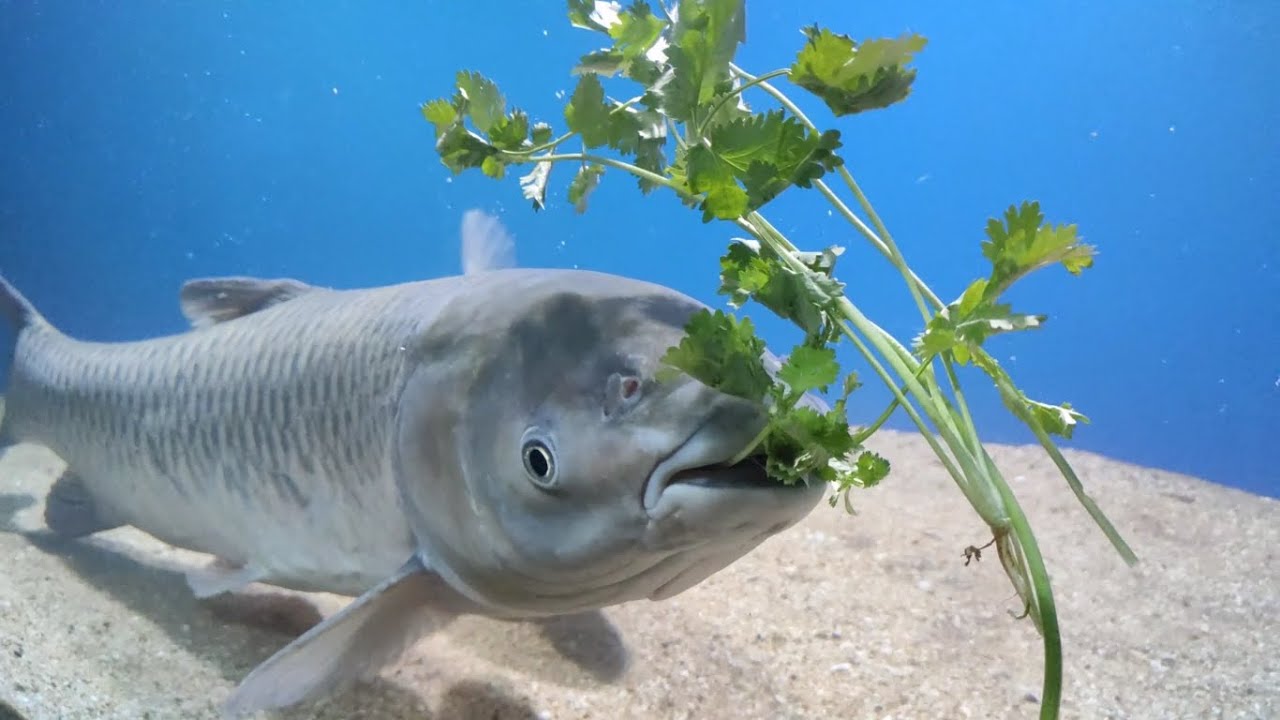
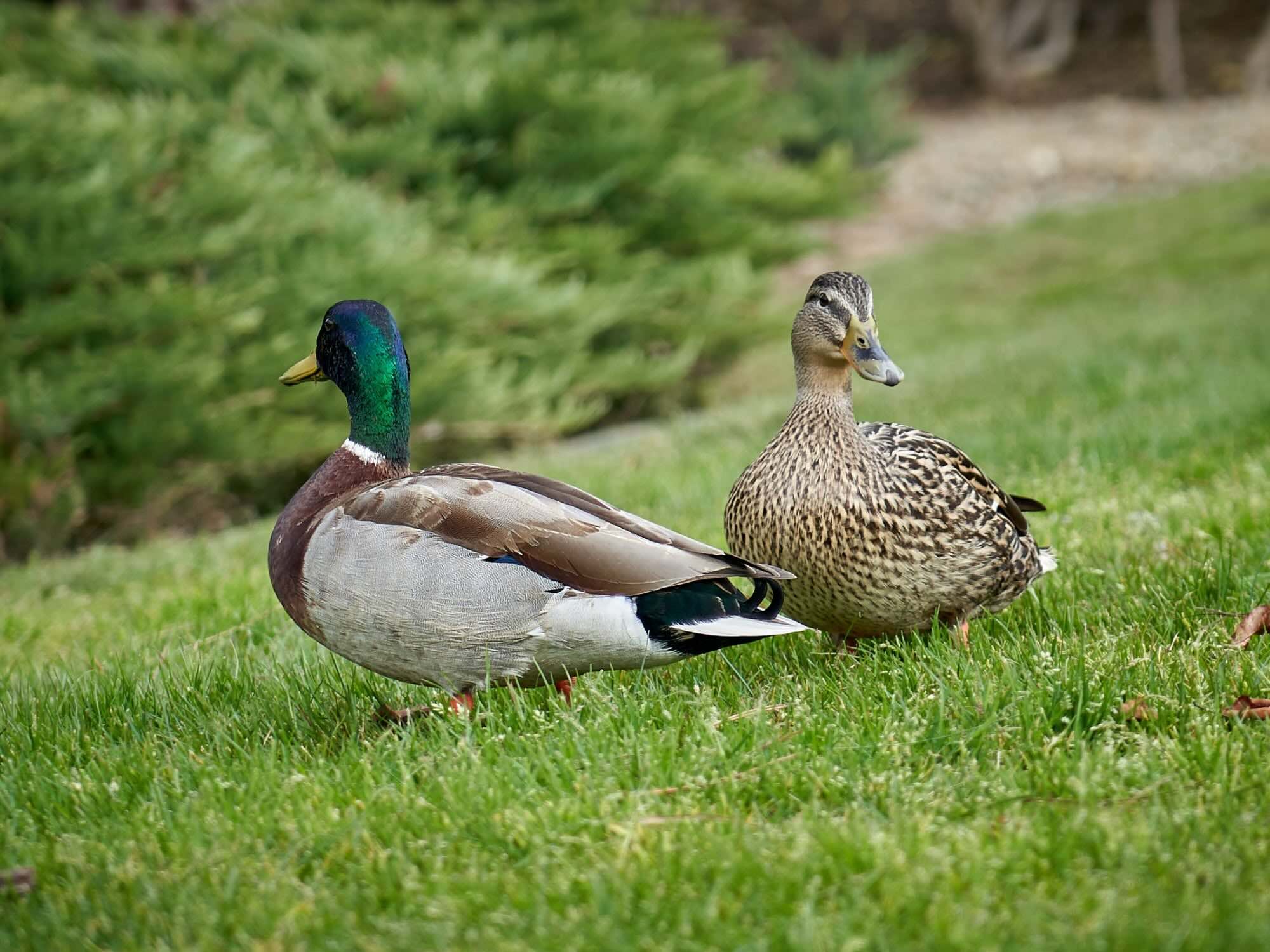
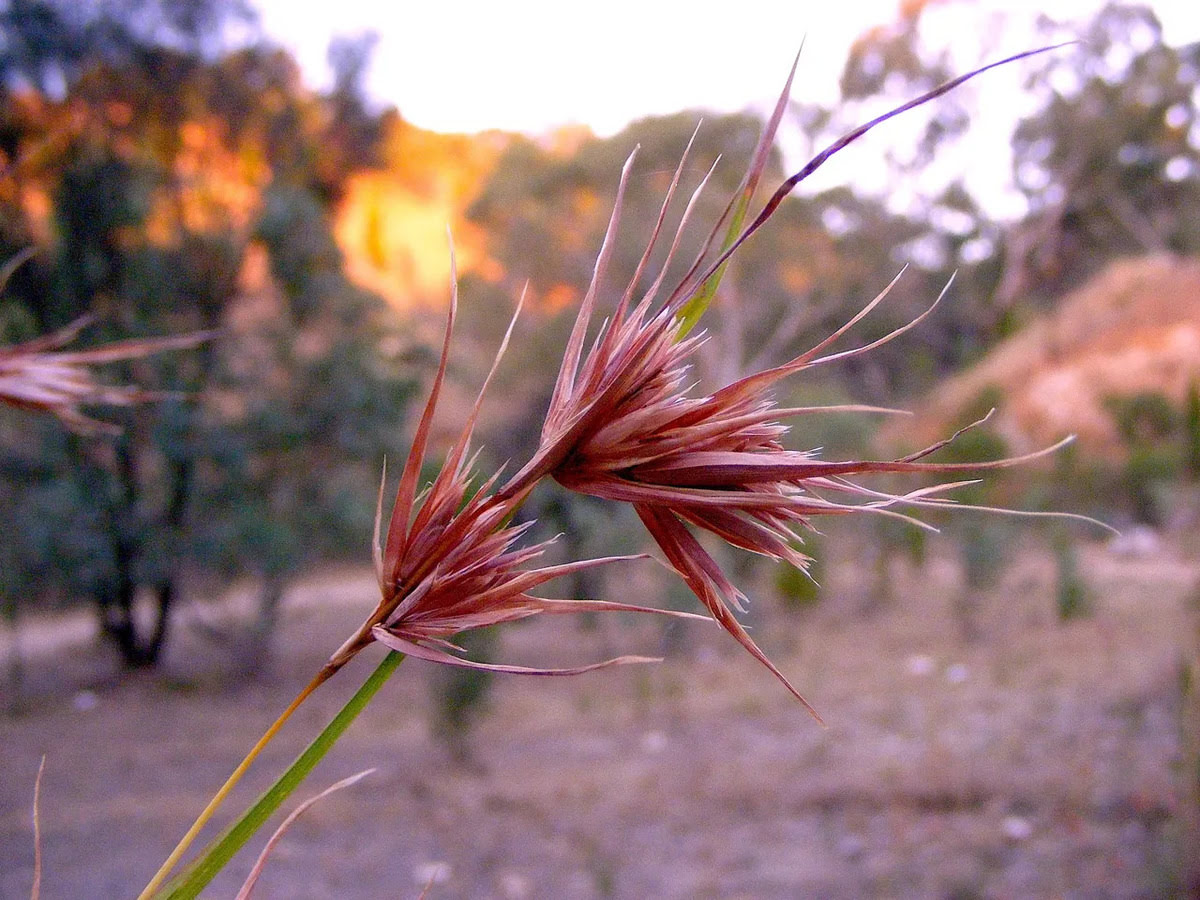
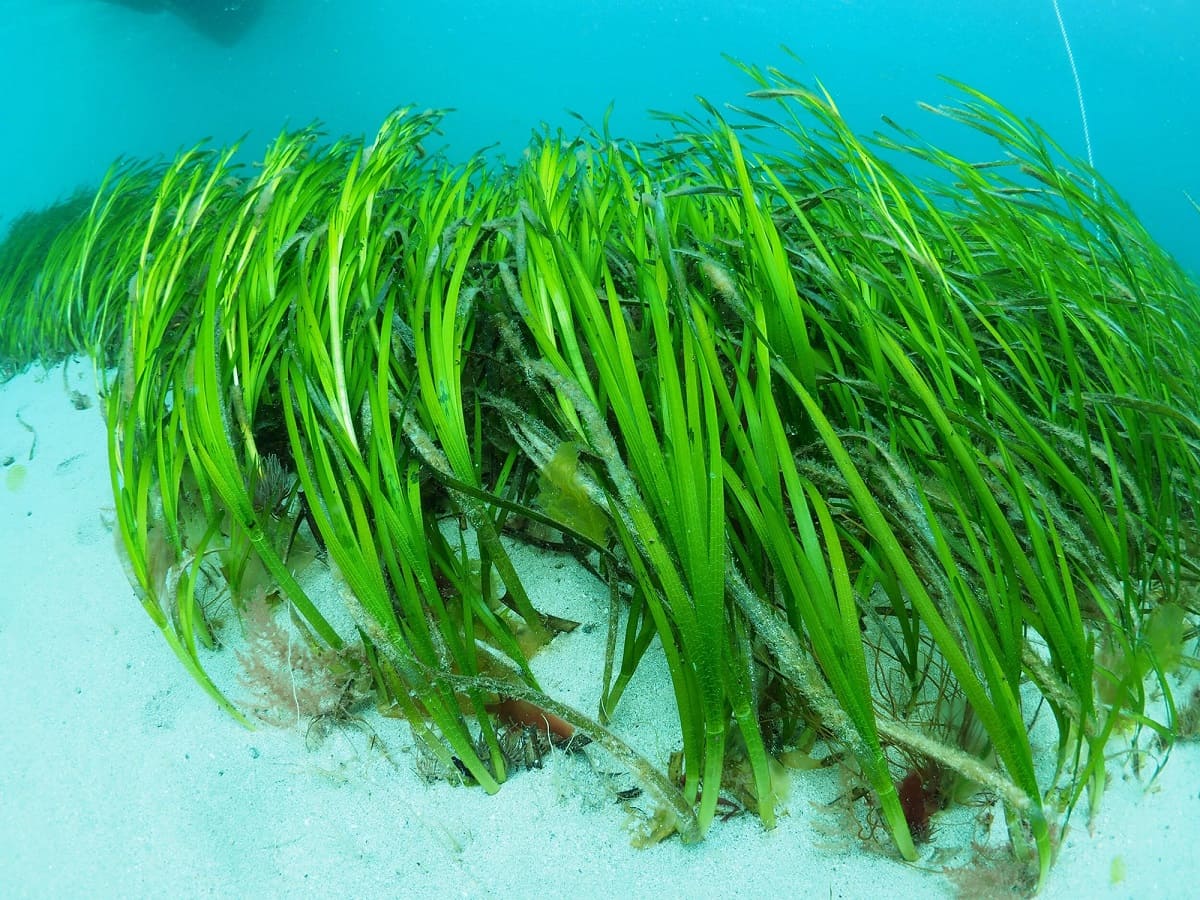
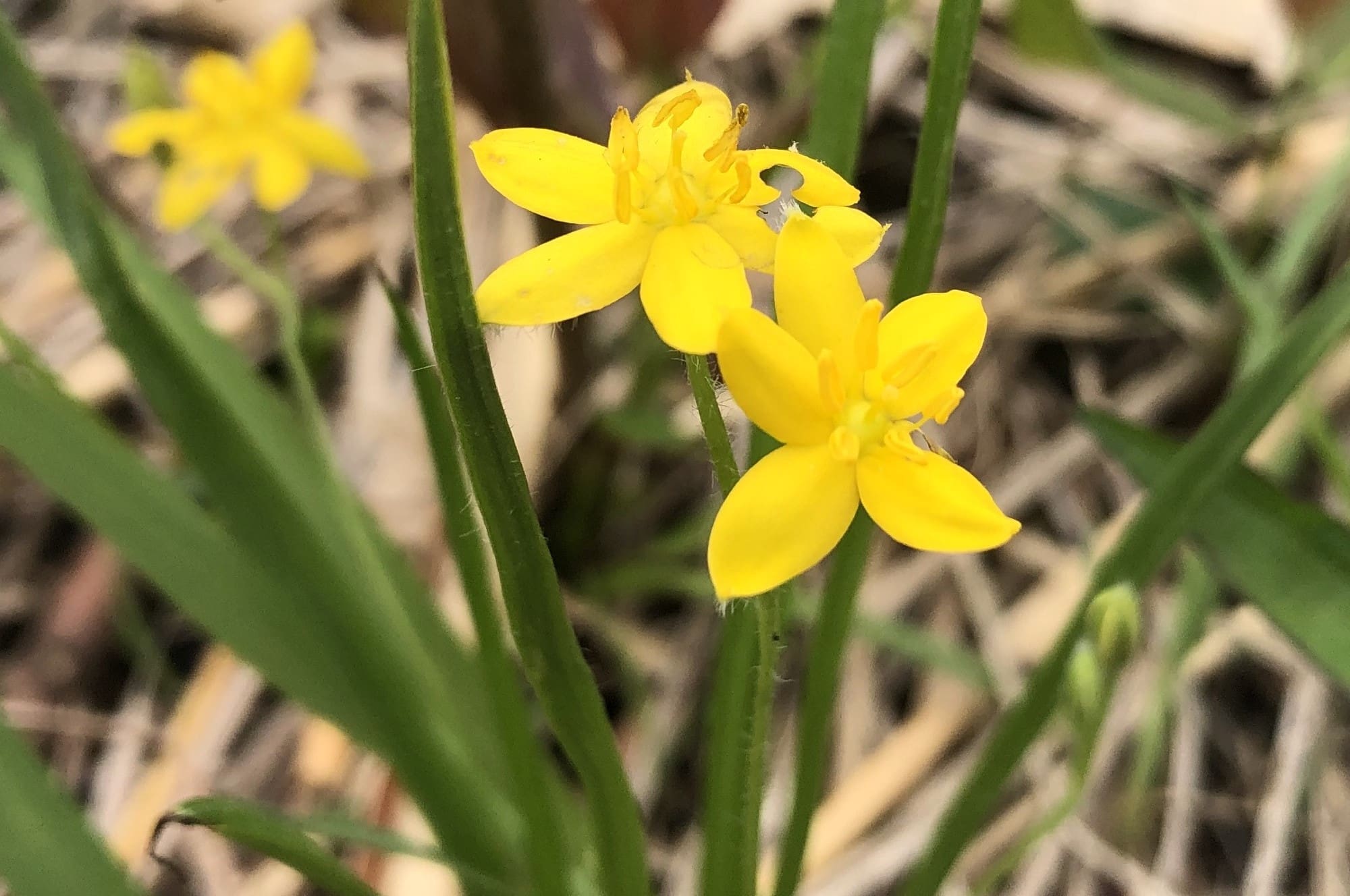
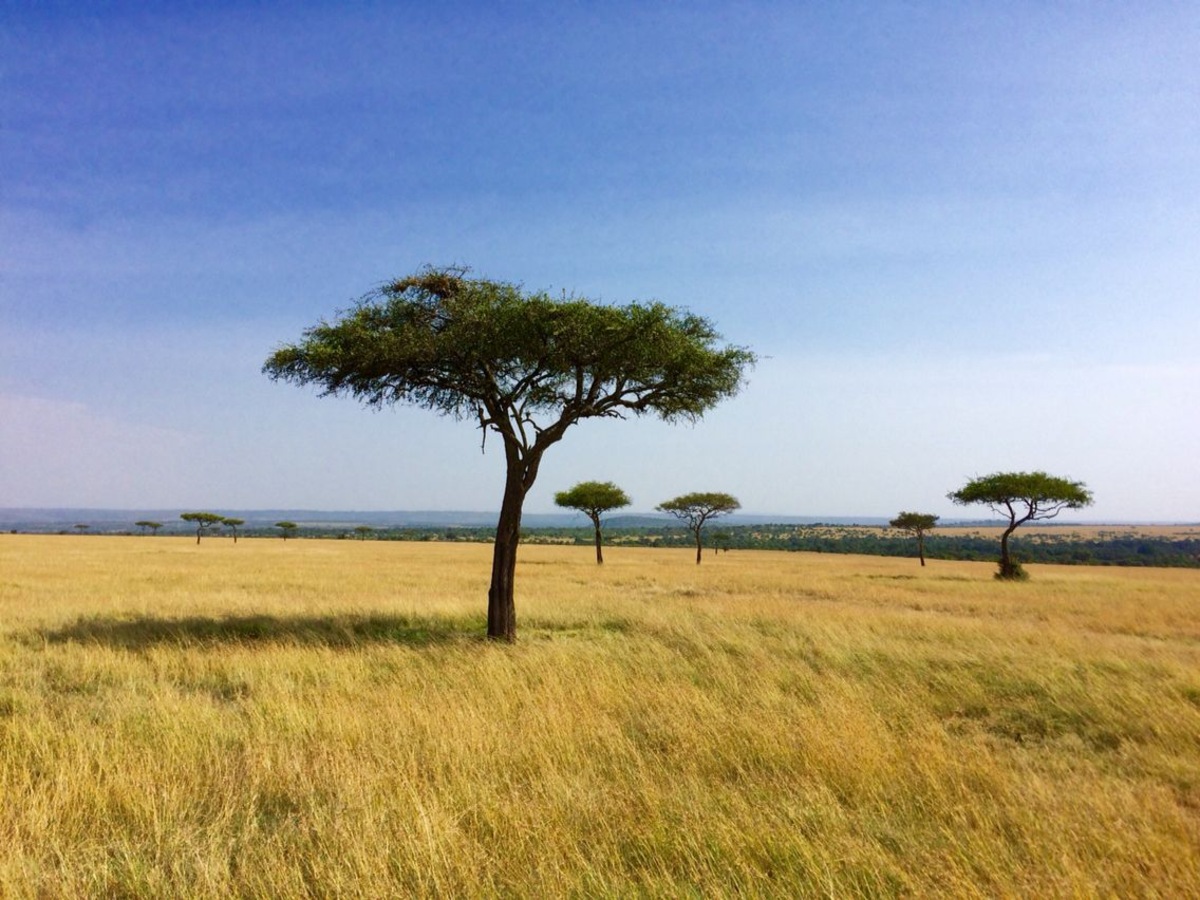
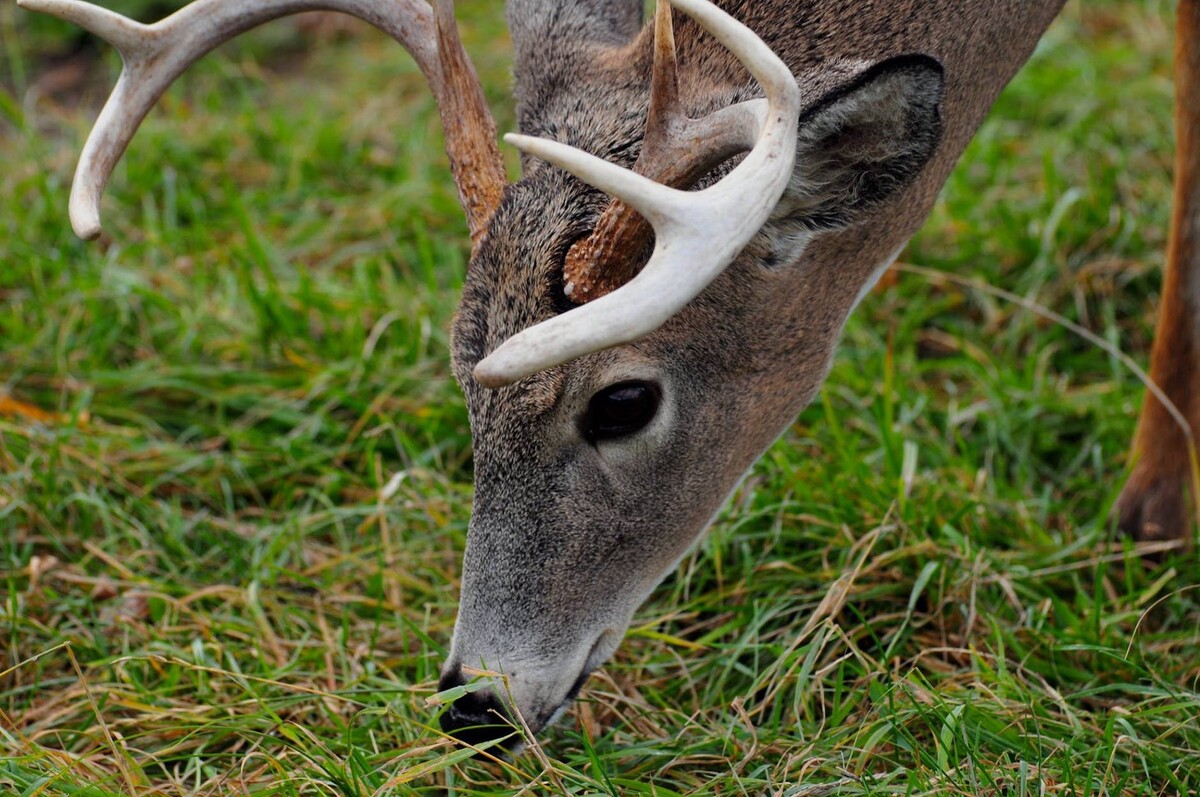
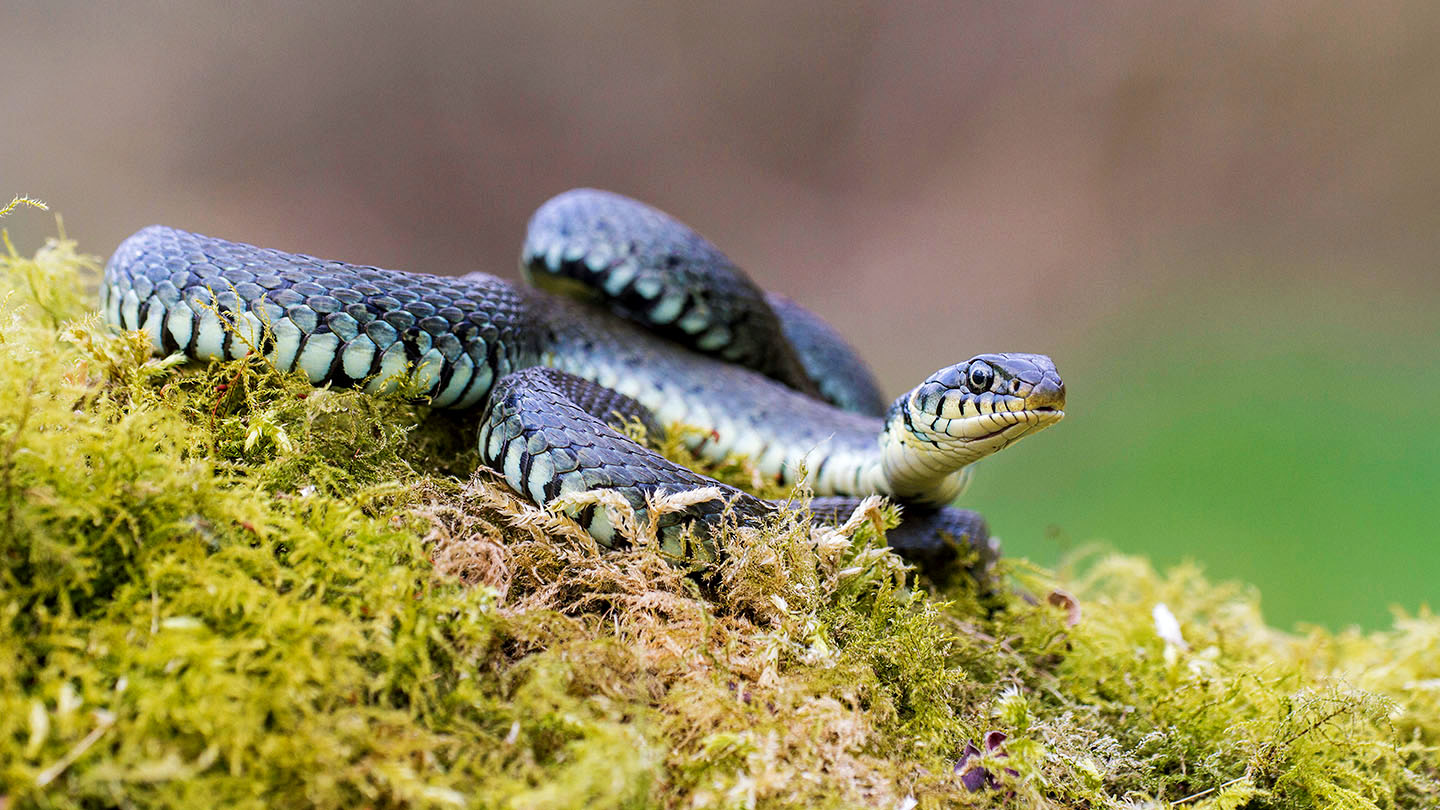
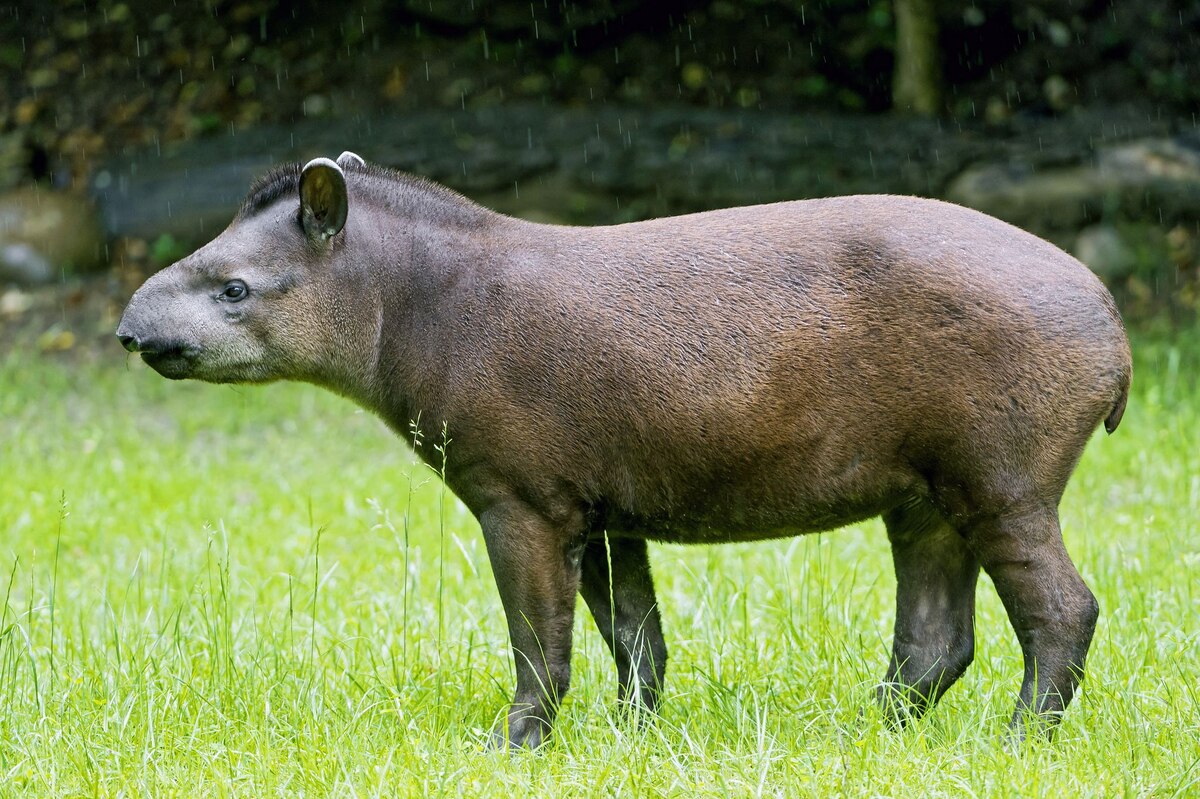

0 thoughts on “What Eats Turtle Grass”